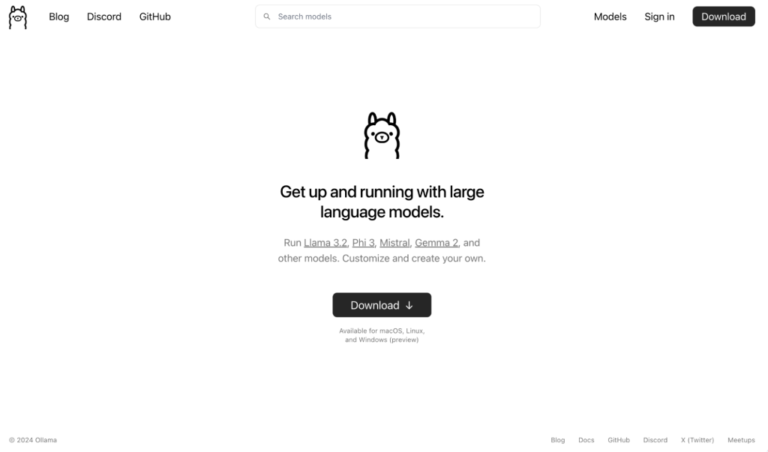
Importantly, this isn’t hands-off. Engineers still guide the work: setting objectives, reviewing results, and refining outputs. But by removing the mechanical toil, they can focus on higher-order work, like designing scalable systems, improving quality, and accelerating delivery.
Vibe coding is already finding a home in areas that are repetitive, well-scoped, and context-sensitive. A few examples:
This isn’t just about writing less code, it’s about shifting from code-heavy execution to intention-driven collaboration. Engineers describe what they want; AI helps make it happen.
It also lowers the barrier to complex data engineering. Natural language prompts let analysts, product managers, and other stakeholders contribute directly, reducing bottlenecks and boosting cross-functional collaboration.
Vibe Coding: Translating Intent into Execution
At Amperity, we’ve seen firsthand how vibe coding plays out in production environments. Working with large-scale data teams has taught us a few key lessons:
Vibe coding uses large language models (LLMs) and intelligent agents to convert plain English into precise technical execution. It lets engineers articulate their goals and have the system implement them across complex stacks. Think of it as engineers managing a team of interns.
Where LLMs Fit in the Data Stack Today
This shift unlocks a more intuitive, adaptive style of engineering. It frees data teams from the grind of low-level execution and allows them to focus on what really matters which is architecture, strategy, and delivering impact.
- Pipeline orchestration: AI agents can understand dependencies and goals, then help assemble and schedule pipelines, reducing human error and improving resilience.
- Identity resolution: Matching customer records across systems is one of the hardest problems in enterprise data. LLMs can analyze signals like names, emails, purchase history, and behavior patterns to infer identity, often with greater accuracy and less manual tuning than traditional rule-based systems.
- Data profiling and quality checks: Instead of writing scripts to catch anomalies or schema drift, engineers can prompt the system—“profile this dataset” or “flag inconsistent formats”—and get actionable results in return.
- Governance tagging: Labeling sensitive data (like PII or financial info) has historically required deep expertise and strict policy enforcement. With vibe coding, LLMs can scan and auto-tag based on context, improving compliance without slowing things down.
What We’ve Learned in the Real World
Yes, vibe coding accelerates time to insight and that’s just the beginning.
- Metadata matters: AI works best in environments with clean, well-structured metadata. When the system understands schema, usage patterns, and context, outputs improve dramatically. Investments in data hygiene and centralized identity resolution are foundational.
- Embed in existing workflows: The best implementations meet engineers where they are—within notebooks, terminals, or cloud platforms. Forcing new UIs or orchestration layers just adds friction. Seamless integration turns AI into a trusted collaborator.
- Keep transparency and control: Engineers need to see, understand, and tweak the agent’s outputs. Vibe coding should amplify creativity and speed, but always with expert oversight.
More Than Just Speed
In the push to become data-driven, many organizations have modernized their infrastructure, but not their workflows. Cloud platforms now offer unprecedented scale, but data engineering still carries the weight of legacy baggage: brittle pipelines, hand-coded SQL transformations, and constant rework to unify fragmented records. Even as AI reshapes analytics and applications, the underlying data stack remains manual and repetitive.
And it makes teams more agile. In fast-moving environments, waiting days or weeks for a pipeline update can stall momentum. With vibe coding, engineers can shift the goal and let the assistant recompute the workflow with no rebuild required.
Vibe coding is a step in that direction. It’s not science fiction as it’s already here, embedded in tools that let engineers sketch ideas and see them come to life through intelligent systems.
But perhaps most importantly, it makes the work more human. By offloading the repetitive parts, engineers have more time to solve problems creatively, build systems that scale, and push the boundaries of what’s possible.
The Road Ahead
By Caleb Benningfield, Field CTO at Amperity
That’s starting to change with the rise of vibe coding, a new paradigm in which natural language interfaces and AI-powered agents redefine how engineers work. Engineers everywhere are claiming that English is the hottest new programming language.
Over the next few years, AI coding agents will become more capable, more embedded, and more trusted. And as that happens, vibe coding will go from cutting-edge to commonplace as a core part of the modern data engineering playbook.
The future of data engineering isn’t just faster queries or slicker dashboards. It’s systems that understand intent, adapt in real time, and operate in true partnership with human experts.




